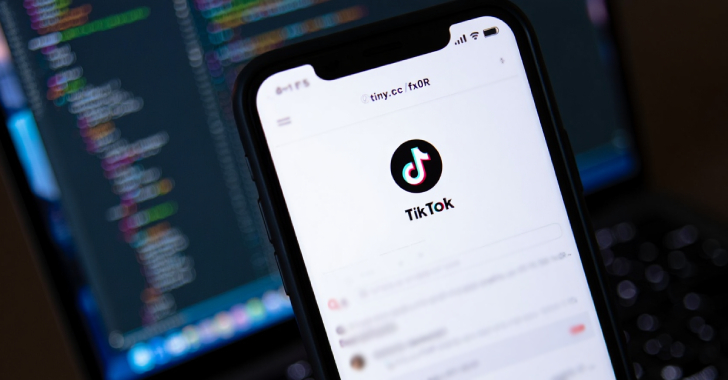Imagine this… You arrive at work to a chaotic scene. Systems are down, panic is in the air. The culprit? Not a rogue virus, but a compromised identity. The attacker is inside your walls, masquerading as a trusted user. This isn’t a horror movie, it’s the new reality of cybercrime. The question is, are you prepared?
Traditional incident response plans are like old maps in a new world. They focus on malware and network breaches, but today’s criminals are after your identities. Stolen credentials, and weak access points – these are the keys to your kingdom.
While there’s a playbook for handling malware outbreaks, the ‘identity’ chapter is often missing. Organizations struggle to identify compromised accounts and stop attackers from moving laterally within their systems. The result? A breach that spirals out of control, causing massive damage.
The Solution: An Identity-Focused Incident Response Playbook
This isn’t just another security buzzword, it’s your lifeline in the face of an identity attack. It provides clear procedures, tools, and strategies to detect, contain, and recover from an identity breach.
In this webinar, you’ll discover:
Why identity is the new frontline in the cyberwar: Understand the shift in attacker tactics and why traditional defenses are falling short.
The latest tactics attackers use to compromise accounts: Learn about phishing, credential stuffing, and other sophisticated methods used to steal identities.
Proven strategies for rapid detection and containment: Discover how to quickly identify compromised accounts and stop attackers in their tracks.
How to create an Identity IR Playbook tailored to your organization: Get practical guidance on building a playbook that aligns with your specific needs and resources.
Who should attend:
IT security professionals
Incident response teams
CIOs and CISOs
Anyone responsible for protecting their organization’s sensitive data
Secure your spot now and learn how to safeguard your identities against today’s most pressing threats.
Found this article interesting? This article is a contributed piece from one of our valued partners. Follow us on Twitter and LinkedIn to read more exclusive content we post.






